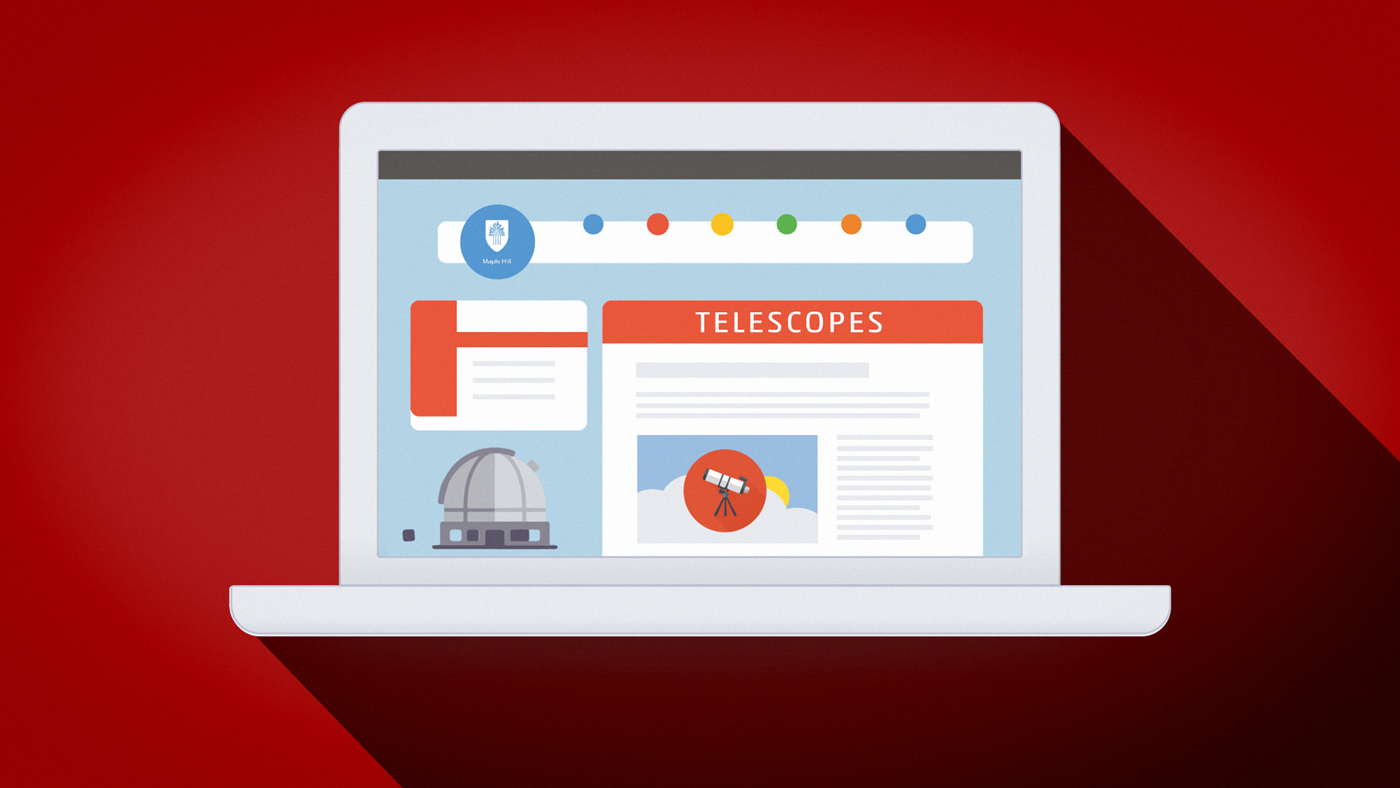Hybrid learning is a combination of face to face contact with online, digital learning. More than ever, as schools contemplate welcoming students back to the new academic year, the possibilities that this model offers are increasingly attractive.
The ability to deliver effective blended learning in a way that is flexible enough to allow for the possibility of further lockdowns, or particular groups of students unable to be in school, is one that schools are having to consider.
How can you set yourself up to be ready for any eventuality? Working with teachers and education leaders we’ve put together some best practices to ensure continuity of learning no matter what the term ahead presents. These will help you to transition quickly to classroom teaching or distance learning should you need to across 4 key areas:
Rethinking teaching & learning
More creative online learning tasks
Teachers save time by setting home learning online. Whether students are in class or at home, access is equal. A key consideration is how to provide engaging content and balance curriculum progression with the need for due dates and flexibility of asynchronous learning. You may want to consider different blended learning models such as the flipped classroom.
Place all learning resources online
Again, access to class resources is equal. It will be important for SLT and teachers to determine how much of the resources need to be online in order to facilitate learning without creating unnecessary work for teachers.
Record all lessons for hybrid learning
Similar to setting online learning tasks, recorded lessons allow teachers to save time by recording what is done in class for access at home. These can easily complement live lessons via video conferencing. Essential parts of live online lessons could be recorded as well. This will be key to allow for some synchronous progression through content for all students, especially in the case of reduced student numbers on site per day.
Engaging parents in the learning conversation
Online learning resources for parents
In a hybrid learning model, usable and interactive online learning resources for parents will take on an added importance. It may be as simple as a half-termly homework schedule; however, parents will likely benefit from resources that help them help their children with distance learning.
Minimise in-person contact
In a hybrid model, schools will need to consider what is essential to be done in person with parents. Given the work of maintaining in person and distance learning, schools should focus on in person parent interaction on high benefit activities (IEP meetings or sessions to support parents with at home learning).
Celebrating school life
Activities to bring children together
Find ways to make learning at home a part of the “normal” school day will help support student wellbeing. Schools might consider ways to have an online lunch or games to bring students together during the school day. Recent data on online learning trends during the lockdown suggests it might be better to hold these types of activities before 1pm when students are more likely to be logged in.
Facilitate community building
Facilitate community building by having students and their families participate in home-based activities and share their results - crafts, group sport challenges, etc. Hybrid learning allows schools to potentially distribute physical materials or directions to ensure equal access as well as have students bring the physical results into school.
Tracking & measuring success
Tracking the best learning materials & activities
In a hybrid model, as students move to a mixture of in-class instruction and independent learning, one area you may want to focus on is tracking which teachers are creating the best learning materials and activities. These insights could then be shared with other departments to improve the overall digital learning experience.
Carry out online learning surveys
One of the challenges of hybrid learning is understanding which blended learning activities are working well. As well as using digital tools to track resource use, it can also be useful to survey your teachers, students and parents to understand their experience and how to support them going forward.
Are you ready for a hybrid learning approach? Our Learning team have identified some key fundamentals around teaching & parent engagement to help you remain agile come what may in our latest guide. Download today to discover practical tips to get started and advice from education leaders around the world.

